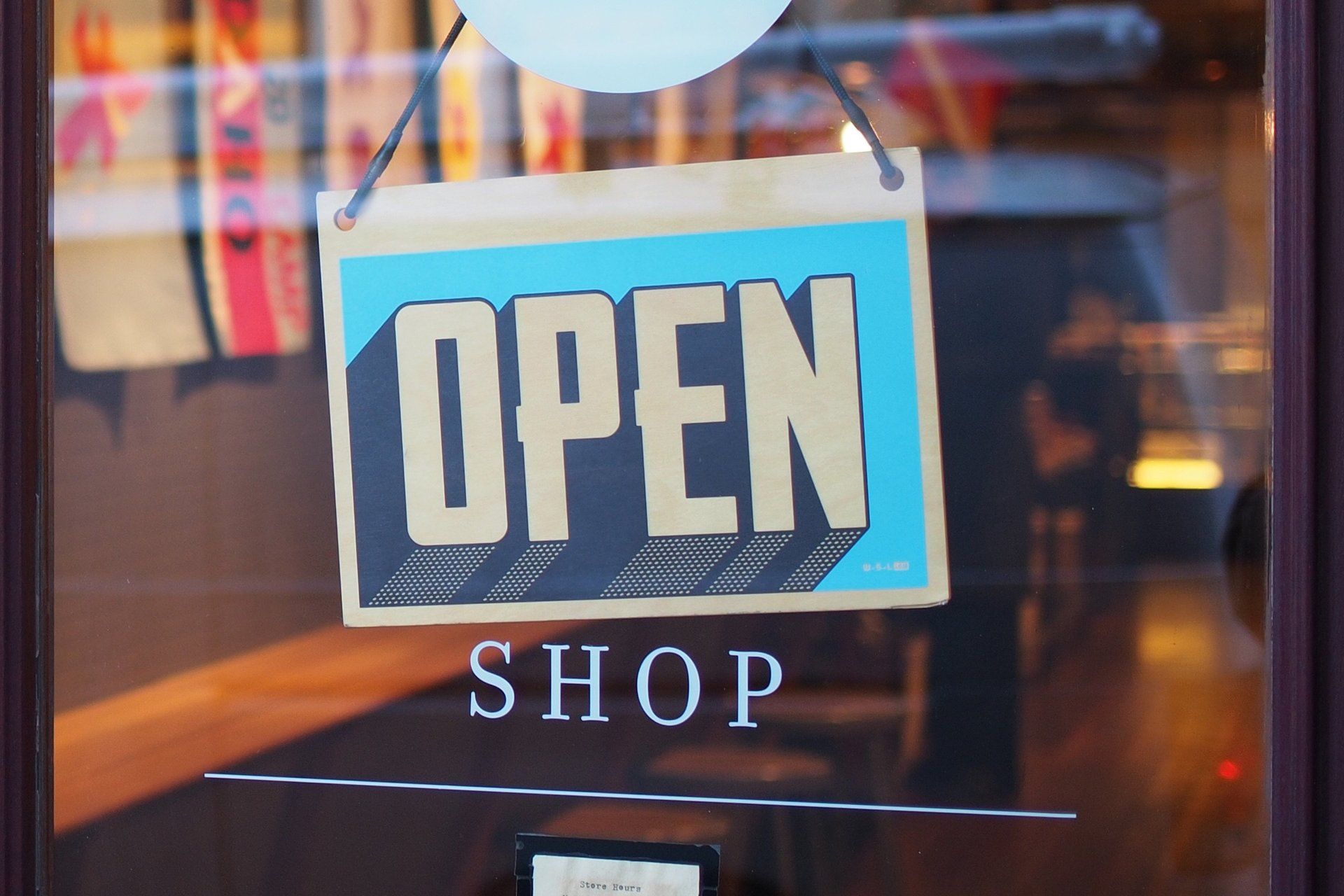
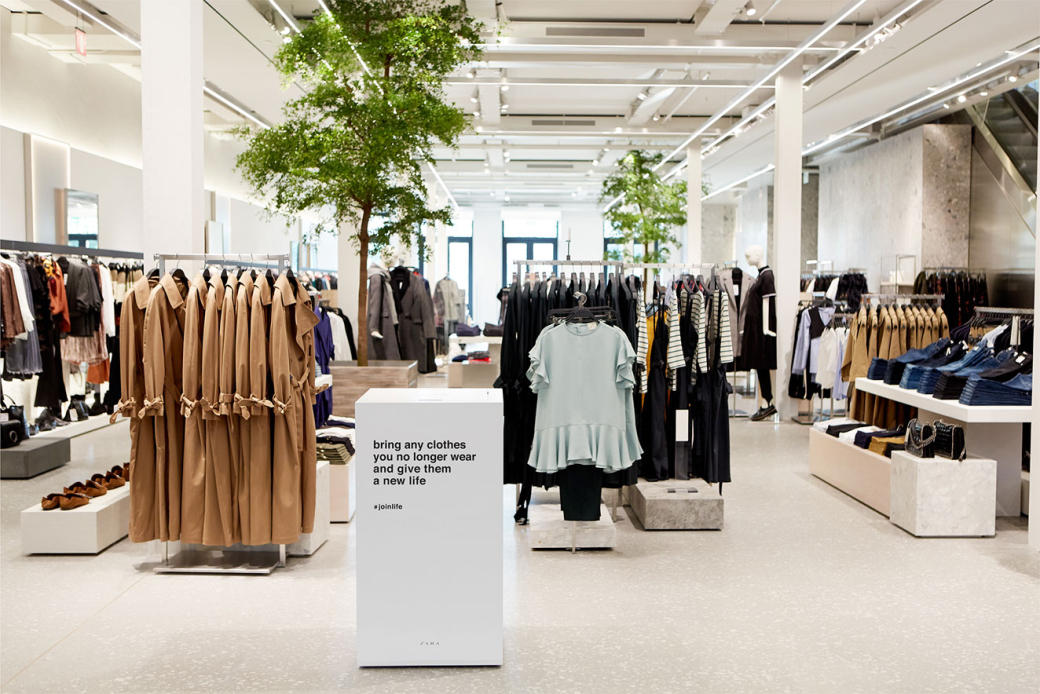
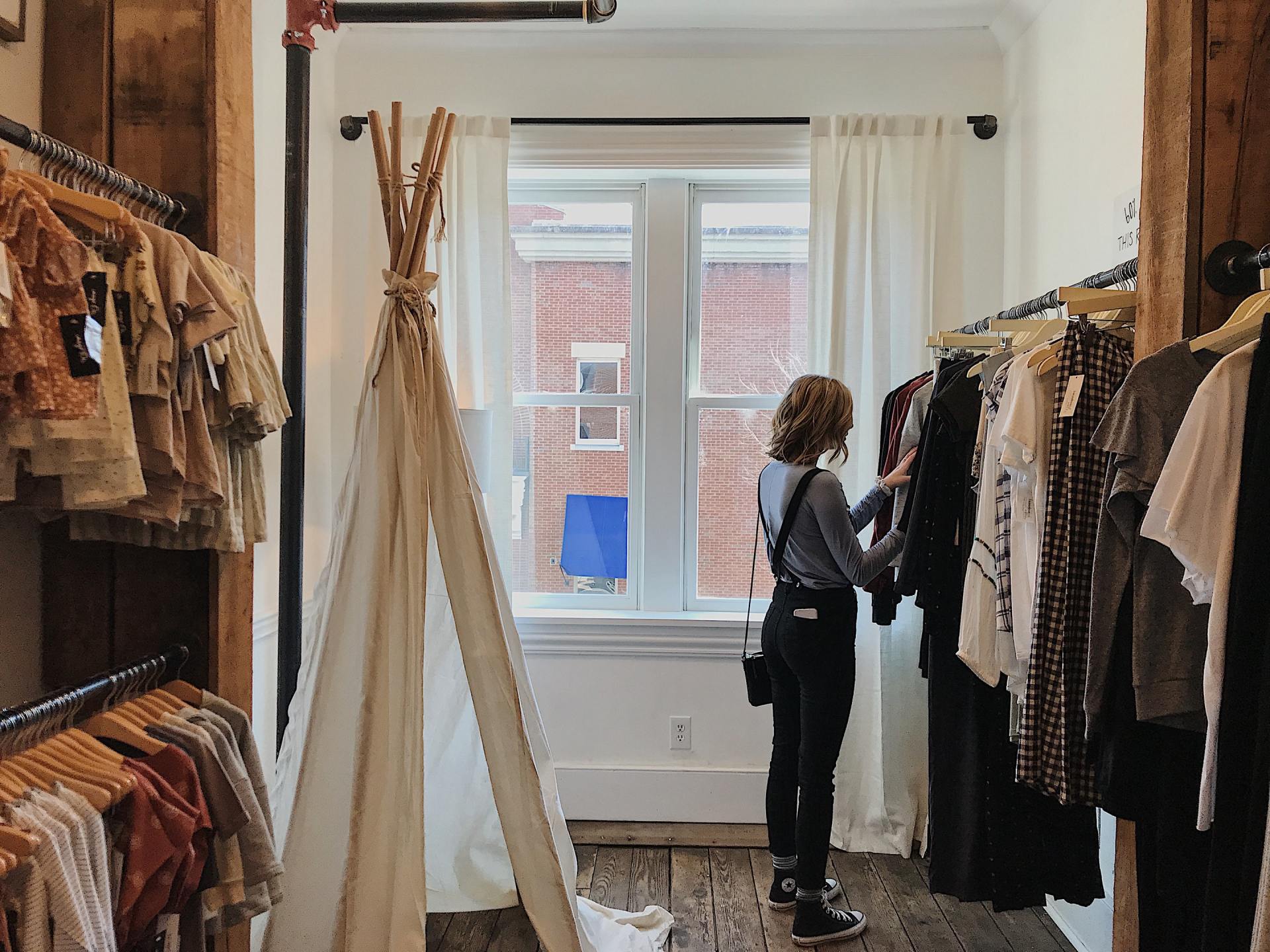
The Case For Convenience. How These Retailers Built Convenience Directly Into Their Brand Experience
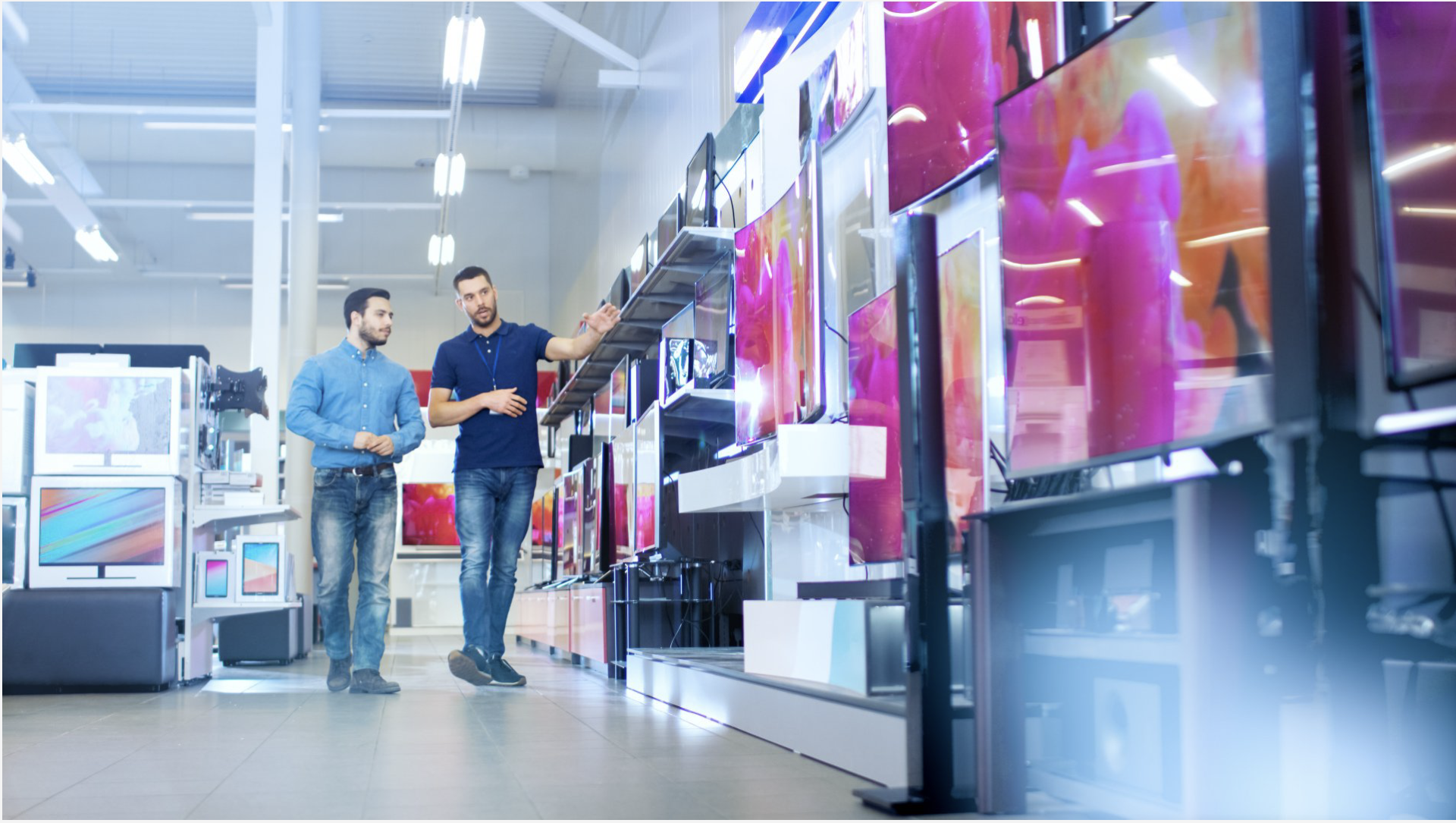
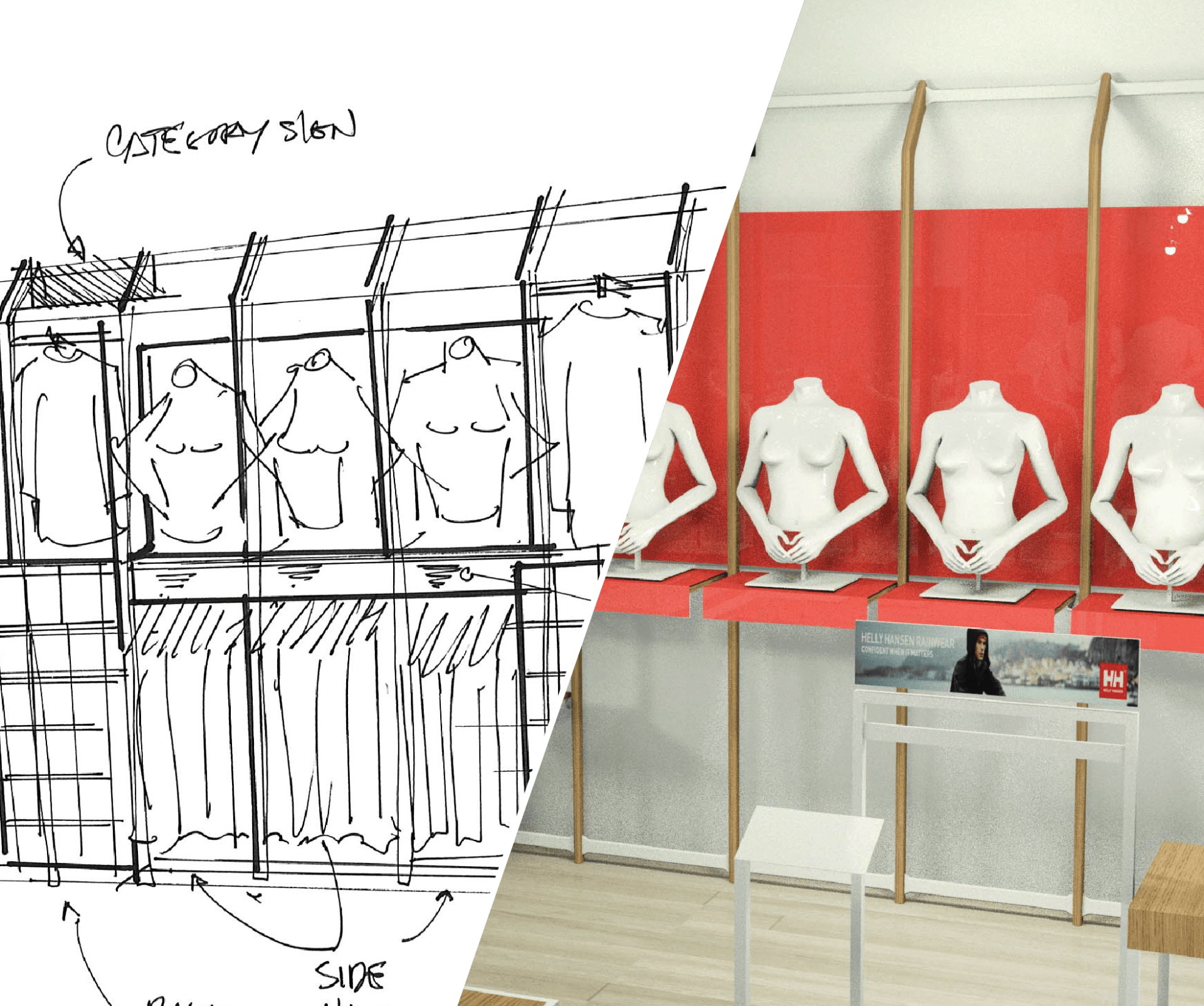
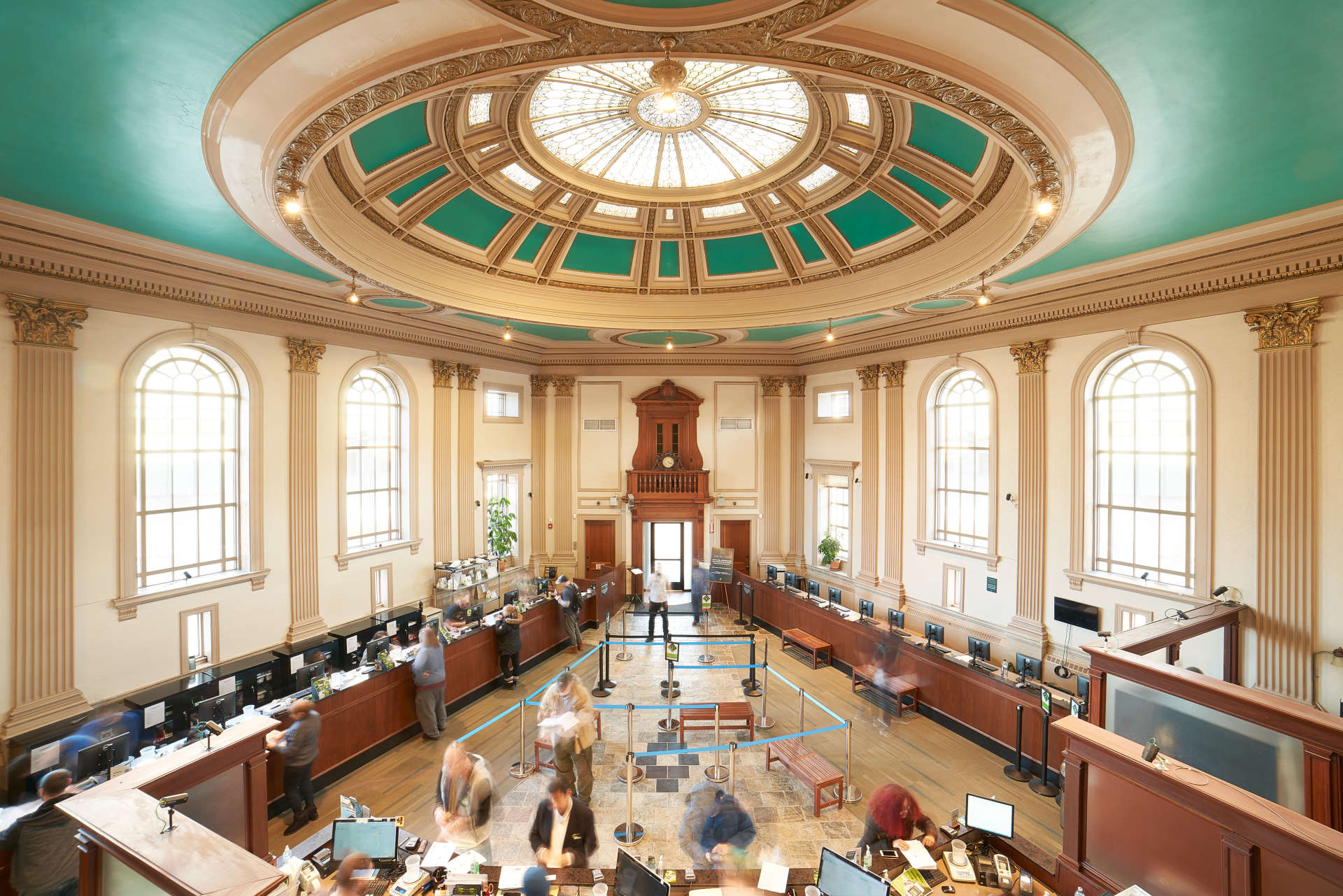
If trends in 2017 are any indication, we can expect to see a lot more retail experimentation in 2018. Retailers large and small are finding this the path to success in a rapidly evolving marketplace. Risk is low when you consider that even small failures can yield important insights.
Evolution has long been the story for retail. The new trend towards experimentation encompasses many concepts, including ways of collecting and using data, ways to offer experiences through events and installations, and more. In particular, stores are piloting new and varied store formats, including:
This wide assortment of store formats comes from many directions – sometimes from established retailers, sometimes from new retailers or online brands working towards an omnichannel presence.
The one thing these experiments have in common is a spirit of trial and error. Rather than testing a concept for a certain outcome and gathering data to determine success or failure, experimentation is done with the expectation of learning something, and without fear of failure. In the grand scheme, if it doesn’t work, the plan is to change it, or get rid of it. And do it quickly.
Even established retailers are testing out new concepts, without attempting to go out and completely revamp every store from top to bottom. Beauty in particular is testing out experiential retail concepts and showing great success, with things like Sephora’s personalized beauty classes and small format boutique stores. The goal is to become a part of a customer’s life by becoming a new experience and a resource for shoppers. As they learn more about what works, Sephora is planning to launch more boutique type stores in other locations.
Nike provides another example how retailers are experimenting with the new retail experience. In Nike’s New York store, customers can try shoes on a mini basketball court, a soccer enclosure, or a treadmill that simulates different environments. Nike’s investment in this type of experiences is as a new way of bringing customers to the store to engage with the brand, in a way that is not necessarily measurable by traditional KPIs like sales per square foot.
What these forward thinking stores have proven is that experimentation is for everyone. For sure, this new type of retail requires both flexibility and agility. This mindset is infusing the marketplace with new ideas, and making brick and mortar lively, fresh, and interesting for a new type of customer.
Experimentation can be beneficial – and even necessary – for everyone in retail today, due to two main factors:
Do we know where the future lies for retail? Perhaps not. But we do know that a new breed of retailers is charting the future through exploration and experimentation. And we all can be a part of it.





